Ten63 Therapeutics, a company combining generative AI and physics-based models to develop first- and best-in-class therapeutics with an internal pipeline focused on oncology, is pleased to announce its partnership with newly unveiled cancer-focused venture fund, Yosemite.
Tag: Therapeutics
The breakthrough that could lead to new obesity treatments
Researchers at the University of East Anglia and the University of Cambridge have made an important discovery in the race to find treatments for obesity and related diseases, such as diabetes. A new study published today is the first to reveal the molecular structure of a protein called ‘Uncoupling protein 1’ (UCP1).
UAlbany’s RNA Institute Awarded $2.5M from NIH to Advance ‘RNA Rescue’ in Fight Against Myotonic Dystrophy
News of the grant comes as UAlbany prepares to mark the second International Myotonic Dystrophy Awareness Day.
Immune Molecules From a Llama Could Provide Protection Against a Vast Array of SARS-like Viruses Including COVID-19, Researchers Say
Mount Sinai-led researchers have shown that tiny, robust immune particles derived from the blood of a llama could provide strong protection against every COVID-19 variant, including Omicron, and 18 similar viruses.
Medicine that treats gout could also battle COVID-19
New research from the University of Georgia offers hope for a viable therapeutic to combat the disease that has claimed more than 4 million lives worldwide.
Brain Organoids Mimic Head Size Changes Associated with Type of Autism
Stem cell models derived from people with specific genomic variation recapitulate aspects of their autism spectrum disorder, providing a valuable model to study the condition and look for therapeutic interventions.

Cone Snail Venom Shows Potential for Treating Severe Malaria
Using venom from the Conus nux, a sea snail, a first-of-its-kind study suggests these conotoxins could potentially treat malaria. The study provides important leads toward the development of new and cost-effective anti-adhesion or blockade-therapy drugs aimed at counteracting the pathology of severe malaria. Similarly, mitigation of emerging diseases like COVID-19 also could benefit from conotoxins as potential inhibitors of protein-protein interactions as treatment. Venom peptides from cone snails has the potential to treat myriad diseases using blockage therapies.

Retrained generic antibodies can recognize SARS-CoV-2
An alternative approach to train the immunity response is offered by researchers at the University of Illinois Chicago and California State University at Sacramento who have developed a novel strategy that redirects antibodies for other diseases existing in humans to the spike proteins of SARS-CoV-2.

Q&A with Clinical Trial Investigator at UC San Diego Health on How a Century-old Treatment May Prevent COVID-19 in Persons After Exposure
Most media and public attention during the pandemic has focused upon efforts to develop an effective vaccine to prevent COVID-19, which is caused by the novel coronavirus SARS-CoV-2. Some attention has been paid to investigational therapeutics for treating infected patients,…
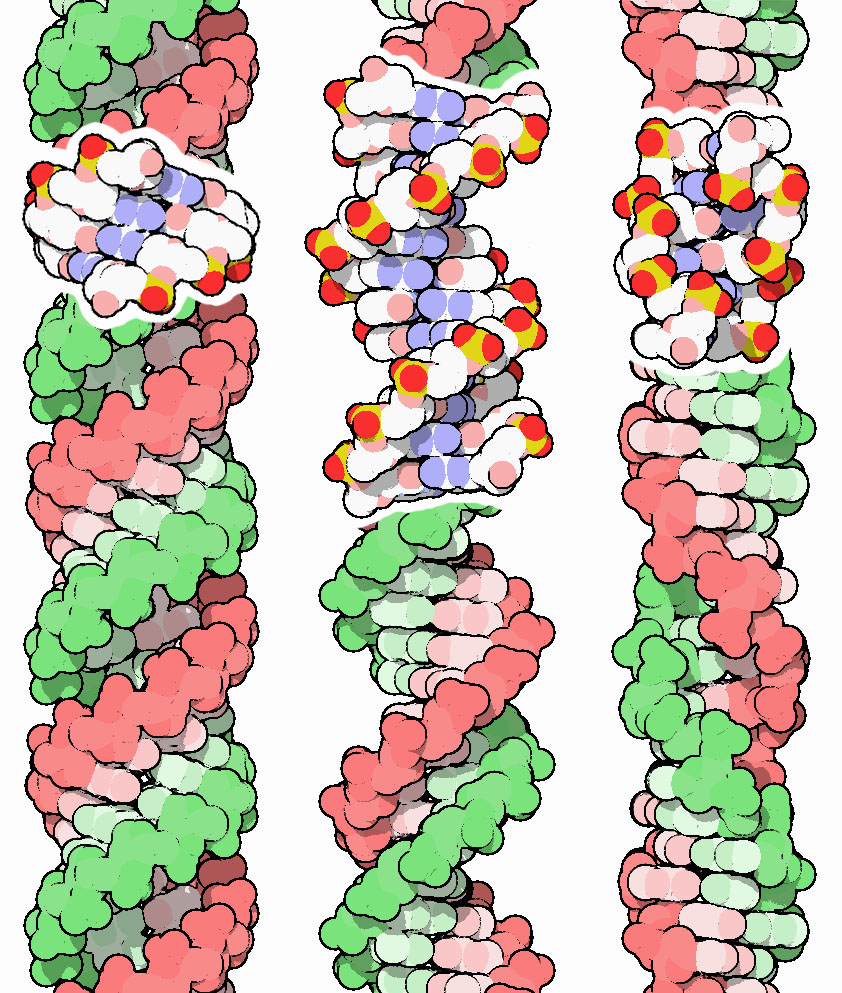
Genetic Code Evolution and Darwin’s Evolution Theory Should Consider DNA an ‘Energy Code’
Darwin’s theory of evolution should be expanded to include consideration of a DNA stability “energy code” – so-called “molecular Darwinism” – to further account for the long-term survival of species’ characteristics on Earth, according to Rutgers scientists. The iconic genetic code can be viewed as an “energy code” that evolved by following the laws of thermodynamics (flow of energy), causing its evolution to culminate in a nearly singular code for all living species, according to the Rutgers co-authored study in the journal Quarterly Review of Biophysics.
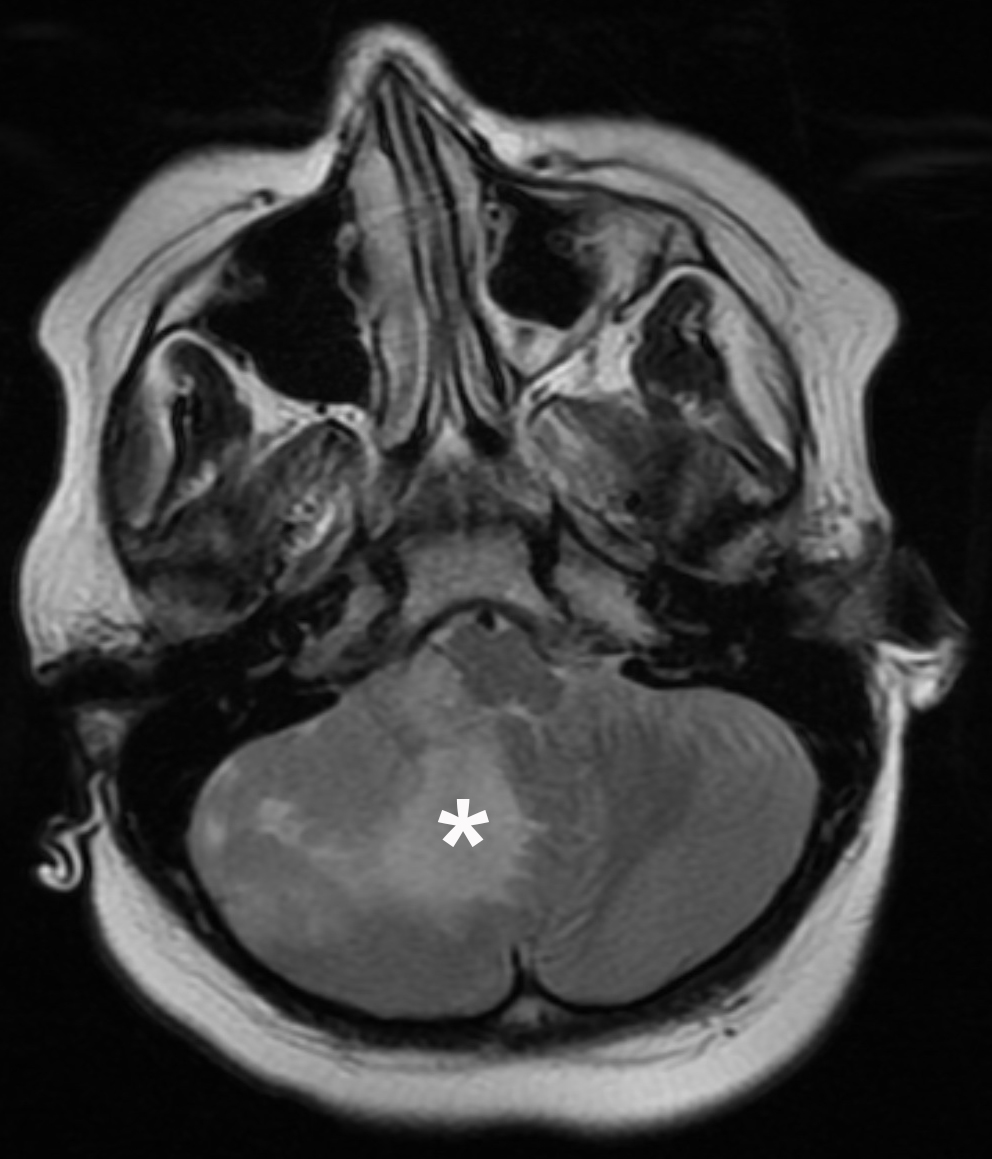
Personalized drug screens could guide treatment for children with brain cancer
Scientists at Sanford Burnham Prebys Medical Discovery Institute, University of California San Diego School of Medicine and Hopp Children’s Cancer Center Heidelberg (KiTZ) have demonstrated that personalized drug screens can be used to identify new therapeutic candidates for medulloblastoma. The approach measures the effectiveness of therapeutics using tumor cells obtained from a biopsy and can be performed in a few days—making it one of the quickest sources of information used in clinical decision-making.

National Virtual Biotechnology Laboratory Symposium, October 28
A virtual symposium to highlight the impact the U.S. Department of Energy’s (DOE) National Virtual Biotechnology Laboratory (NVBL) has had utilizing the unique capabilities of the DOE to tackle the science and technology challenges associated with COVID-19, and to discuss areas in which the NVBL can have impact in the future. The event is aimed at the S&T community, media, and the general public.
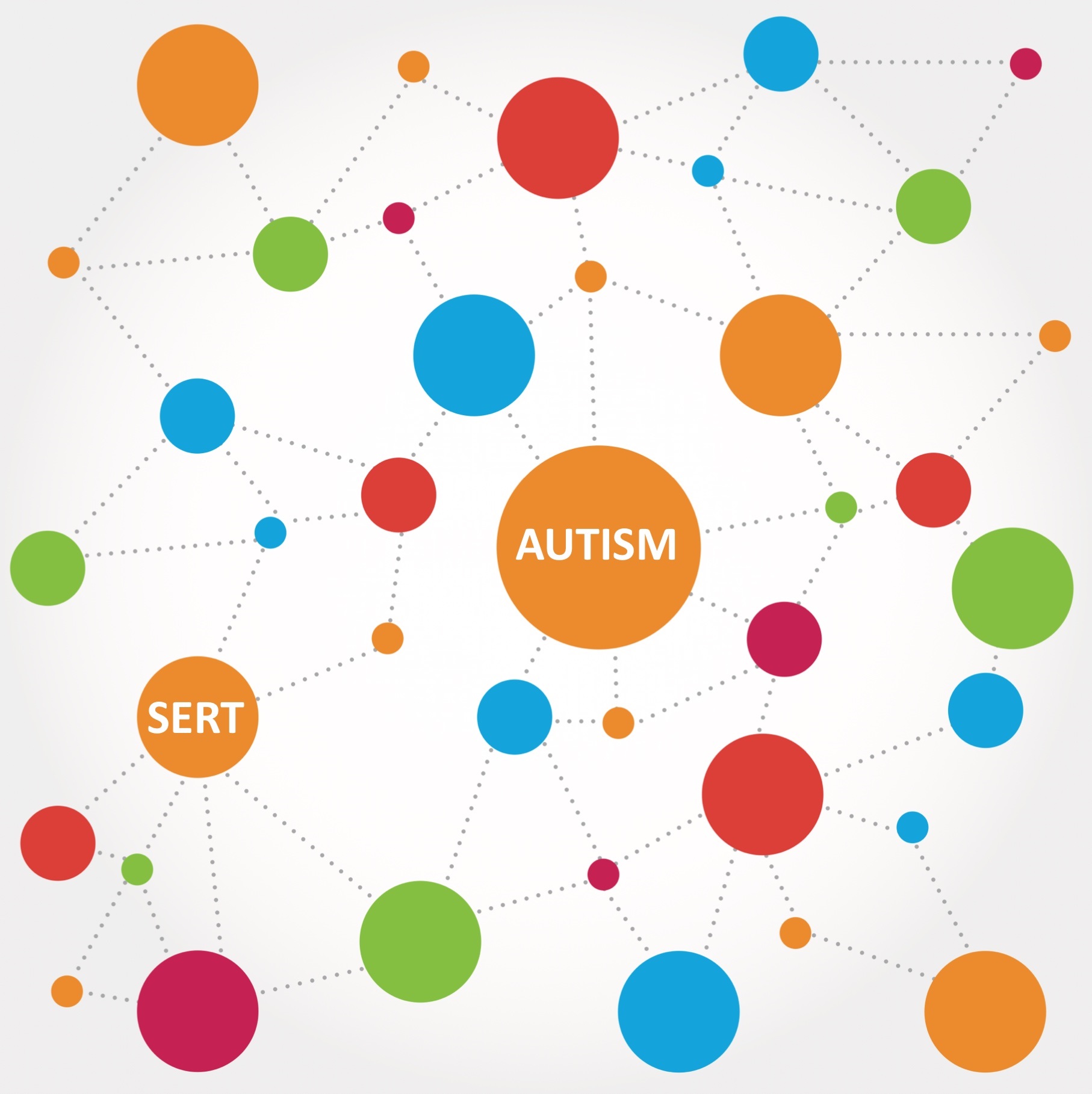
Guilt by Dissociation: Study Sheds Light on Serotonin in Autism
A study on serotonin, a mood-regulating molecule in the brain that regulates many brain synapses, is helping to unravel the puzzle surrounding its role in autism. The activity and regulation of the serotonin transporter (SERT), protein is critically dependent on a number of other proteins that tell the protein where to locate on nerve cells and how to act. Shifts in the transporter’s activity can significantly impact the ability of serotonin to act in the brain.
ACTG Announces Launch of Novel Clinical Trial Testing Multiple Therapeutics to Treat COVID-19
The AIDS Clinical Trials Group (ACTG) has initiated the ACTIV-2 Outpatient Monoclonal Antibodies and Other Therapies Trial. ACTIV-2 includes both phase 2 and phase 3 evaluations of multiple promising investigational agents for treating early COVID-19 in a single trial.
UK’s Korotkov Partners With Atomwise to Screen for Potential Drugs Against Novel COVID-19 Target
The University of Kentucky announced a research collaboration with Atomwise, an industry leader in using artificial intelligence (AI) for small molecule discovery, to explore potential COVID-19 therapies.
Emerging Evidence on Genetics of Schizophrenia Raises Hopes for New Treatment Targets
In recent years, genome-wide association studies (GWAS) have identified many different genetic variants associated with schizophrenia. These genetic discoveries raise the promise of developing urgently needed new treatments targeting the underlying biology and pathophysiology of schizophrenia, according to a special article in the Journal of Clinical Psychopharmacology. The journal is published in the Lippincott portfolio by Wolters Kluwer.
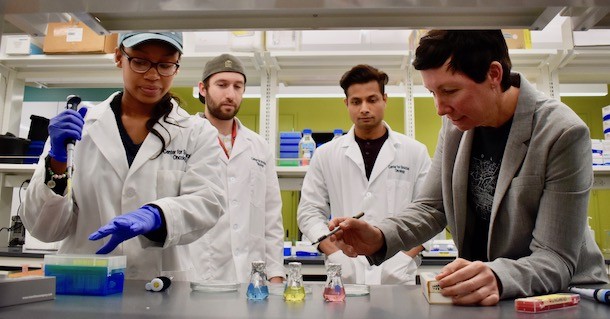
Penn State cancer research center joins pandemic fight
UNIVERSITY PARK, Pa. — The Penn State Center for Structural Oncology (CSO) is shifting some of its focus from fighting cancer to fighting COVID-19, with three projects. The CSO’s director, Deborah Kelly, Lloyd & Dottie Foehr Huck Chair in Molecular Biophysics…

Soup to Nuts
The COVID-19 pandemic demands action on many fronts, from prevention to testing to treatment. Not content to focus its research efforts on just one, the laboratory of George Church in the Blavatnik Institute at Harvard Medical School and the Wyss Institute for Biologically Inspired Engineering at Harvard University is tackling the problem from seven different angles.
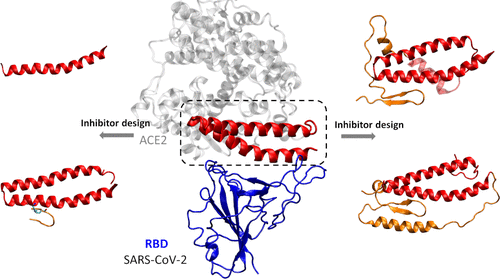
Computer simulations explore potential COVID-19 therapeutics
Researchers at the University of Illinois at Chicago recently published a study in the journal ACS Nano that details findings from computer simulations seeking to identify inhibitors, which eventually could assist chemists to develop new medicines to combat the coronavirus.
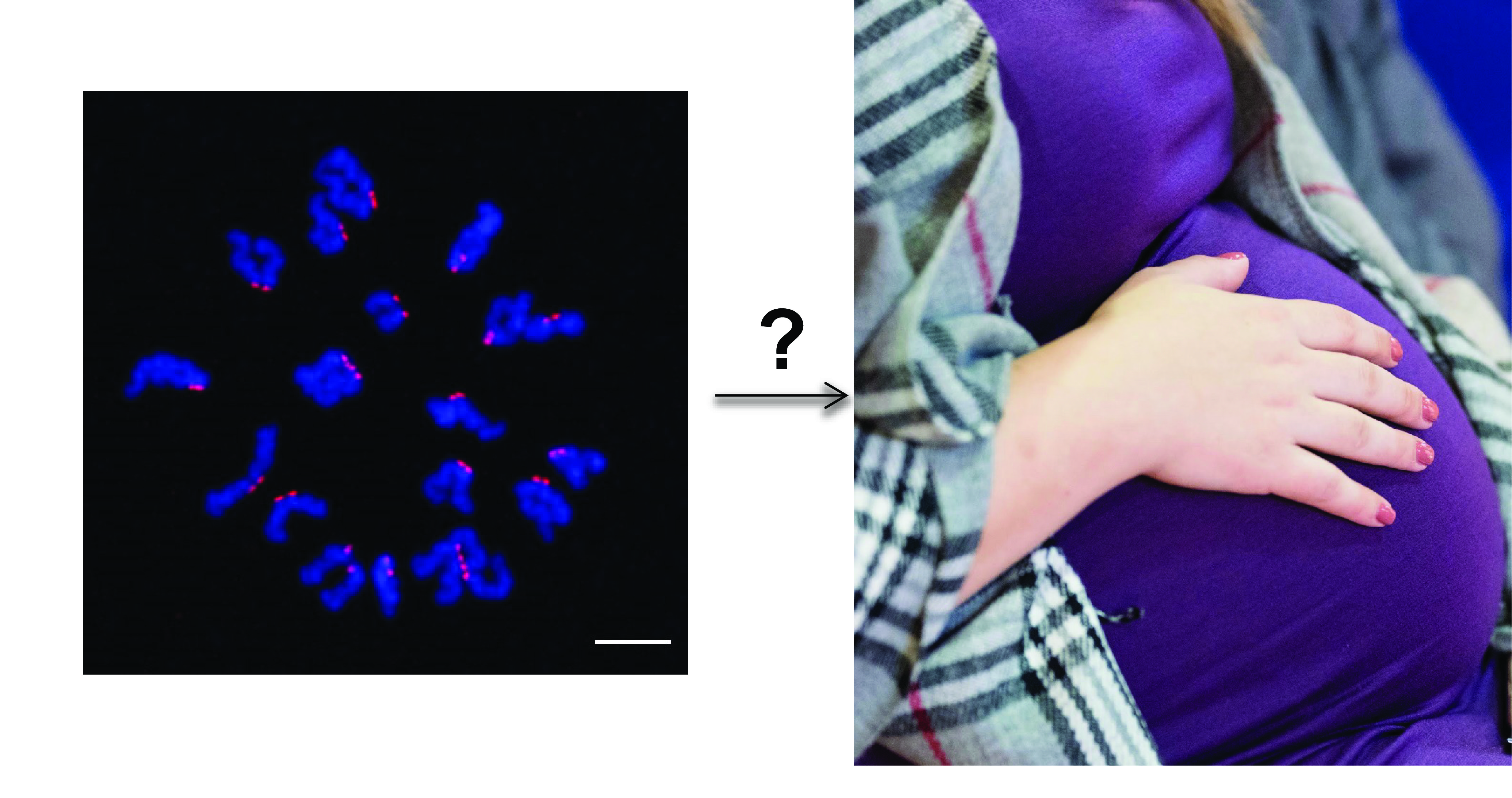
Why Do So Many Pregnancies and In Vitro Fertilization Attempts Fail?
Scientists have created a mathematical model that can help explain why so many pregnancies and in vitro fertilization attempts fail. The Rutgers-led study, which may help to improve fertility, is published in the journal Proceedings of the National Academy of Sciences.